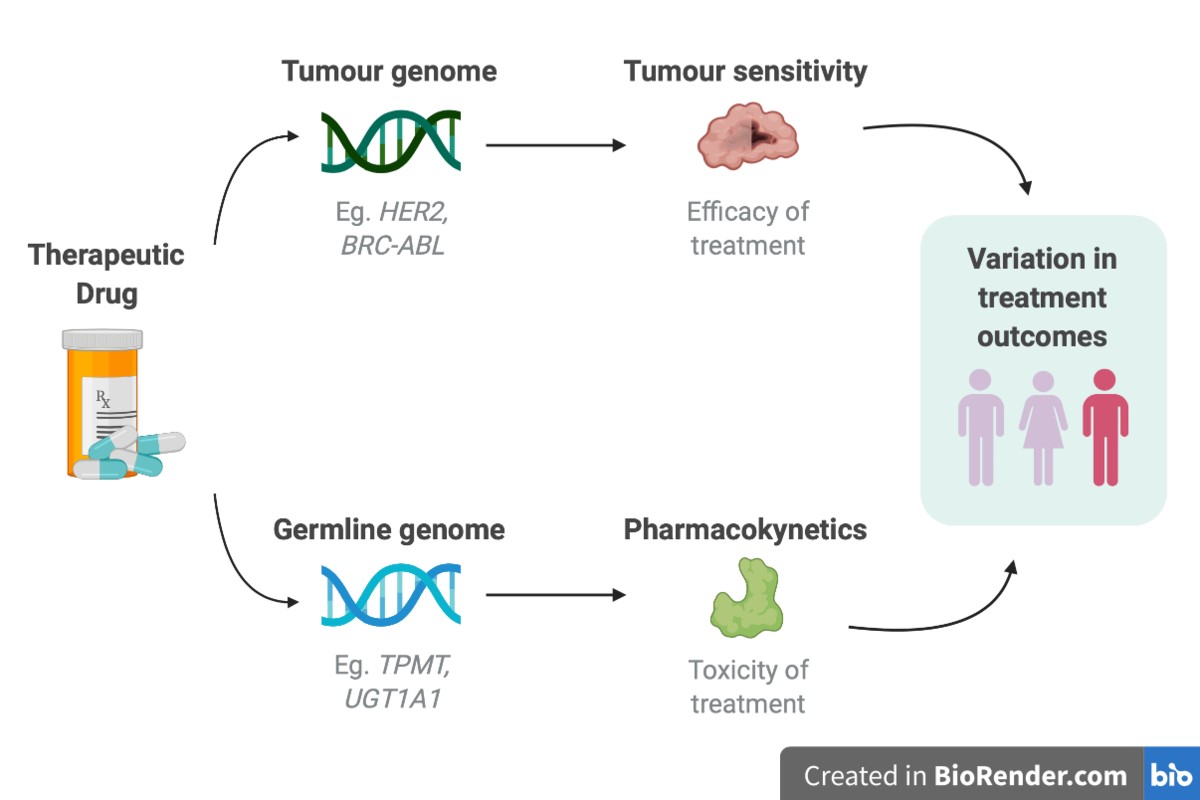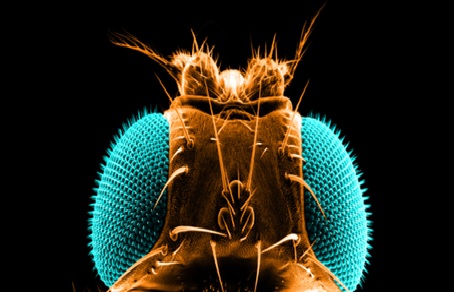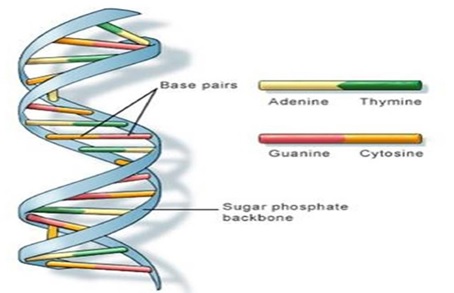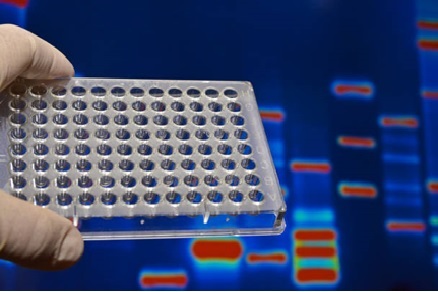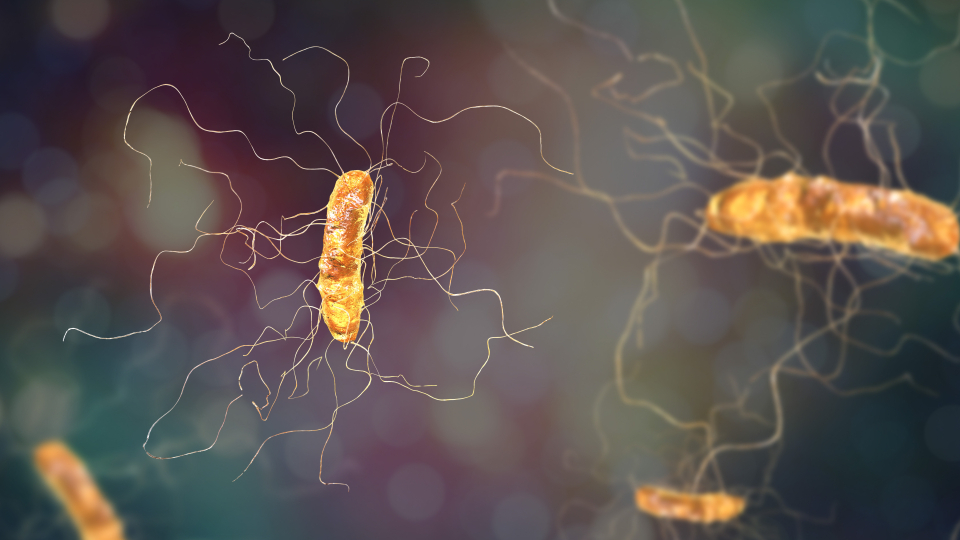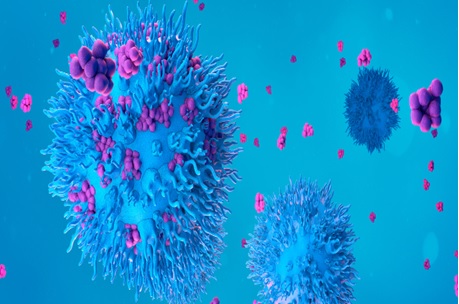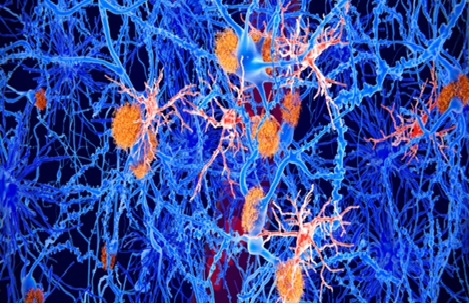CRISPR Gene Editing to The Next Level: No Viruses Needed
The gene-editing technology CRISPR/Cas9, which has revolutionised biomedical research, is well known. Researchers have now added another tool to the gene-editing toolkit after coming up with a novel method of applying the technology that increases editing effectiveness and offers a fresh method of DNA repair.[1]
A naturally occurring genome editing method used by bacteria as an immunological defence, CRISPR/Cas9 technology was developed. When bacteria become infected with a virus, the bacteria 'chop off' a little bit of the virus' DNA and insert it into their own in a specific configuration known as a CRISPR array. This implies that the virus may be identified afterwards and, should it re-infect the bacteria, can be destroyed.[1]
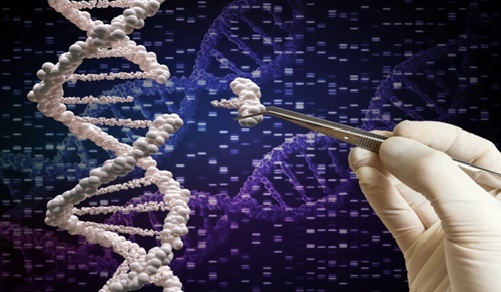
Figure .1 CRISPR Gene Editing to The Next Level: No Viruses Needed
Figure 1 shows Researchers from UC Santa Barbara have made a significant advancement in the field of gene editing by developing a nonviral delivery system that enhances the efficiency of CRISPR/Cas9 gene editing and improves homology-directed repair. This breakthrough could potentially lead to more precise and effective gene editing techniques with broader applications in various fields, including medicine and biotechnology. The new delivery system offers a promising alternative to viral-based methods and opens up new possibilities for genetic manipulation.
To overcome the limitations of using expensive and potentially toxic viral vectors for gene editing, researchers focused on developing an alternative delivery method. They explored the use of interstrand crosslinks (ICLs) in the homology-directed repair template, which is crucial for separating DNA's two helical strands during cellular processes like replication and transcription. ICLs are DNA lesions that bind the strands together, impeding separation and inhibiting transcription and replication. The researchers observed that certain cancer chemotherapies generate ICLs that effectively hinder cancer cell replication. By incorporating ICLs into the gene-editing process, the researchers aimed to improve the efficiency and safety of gene editing without relying on viral vectors.
Contrary to expectations, the researchers discovered that the inclusion of interstrand crosslinks (ICLs) in the homology-directed repair template had a positive effect on gene-editing outcomes. The damage caused by the ICLs actually increased the probability of successful gene editing and triggered cellular repair mechanisms. This unexpected result suggests that the presence of ICLs enhances the efficiency of the CRISPR/Cas9 gene-editing system and promotes the desired modifications in the target DNA. This finding represents a significant breakthrough in the field of gene editing and opens up new possibilities for improving the efficacy and precision of gene-editing techniques.
In the study, Chris Richardson, the corresponding author, explained that the researchers intentionally damaged the template DNA by incorporating interstrand crosslinks (ICLs) in the most severe way possible. Surprisingly, instead of disregarding the damaged template, the cells recognized it as suitable material for gene editing and readily incorporated it into their genomes.
The researchers observed a significant improvement in gene editing activity when using ICLs, with up to three times higher efficiency compared to non-crosslinked controls. Despite the increased editing activity, the researchers did not observe an increase in the frequency of unintended mutations. This finding indicates that the use of ICLs not only enhances gene editing efficiency but also maintains the accuracy of the desired modifications, avoiding unintended changes in the target DNA sequence. This research highlights the remarkable potential of incorporating ICLs into the gene-editing process to improve efficiency, while also maintaining the fidelity of the editing process, offering a promising approach for advancing gene-editing technologies.
The researchers propose that when interstrand crosslinks (ICLs) are introduced to the DNA, the cell recognizes the damage and initiates a repair process. This repair process delays the cell beyond a checkpoint where it would typically halt the recombination process. As a result, the extended timeframe increases the likelihood of the gene-editing modifications reaching completion. Recombination is a process in which DNA segments are broken and repaired, leading to the generation of new versions of DNA sequences (alleles). By leveraging the mechanism of delayed recombination through the presence of ICLs, the researchers have developed a new method for gene editing that exhibits higher efficiency.
The researchers believe that their novel gene-editing technique will prove valuable in laboratory settings, enabling the development of more efficient disease models. This advancement opens doors to improved clinical and therapeutic interventions by enabling more effective gene knockdown and precise insertion of genetic elements into genomes for studying biological systems outside the human body. Hannah Ghasemi, the lead author of the study, emphasizes the potential of this approach for enhancing research capabilities in the field.
References:
- https://newatlas.com/biology/nonviral-method-increases-gene-editing-efficiency-threefold/
Cite this article:
Janani R (2023),CRISPR Gene Editing to The Next Level: No Viruses Needed, AnaTechMaz, pp.181






